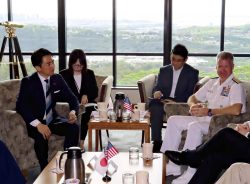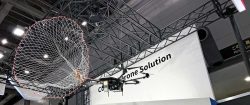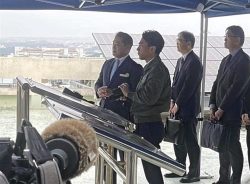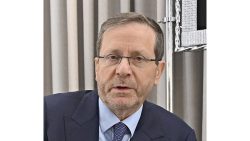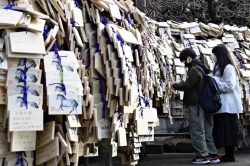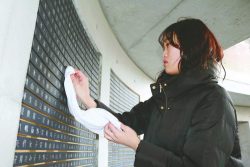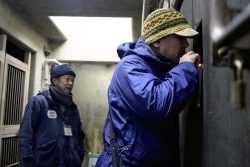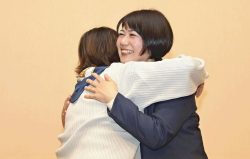Japan, U.S. Determined to Cement Ties Through 2+2 Meeting, Enhance Cooordination Between Nations’ Forces Amid Crises
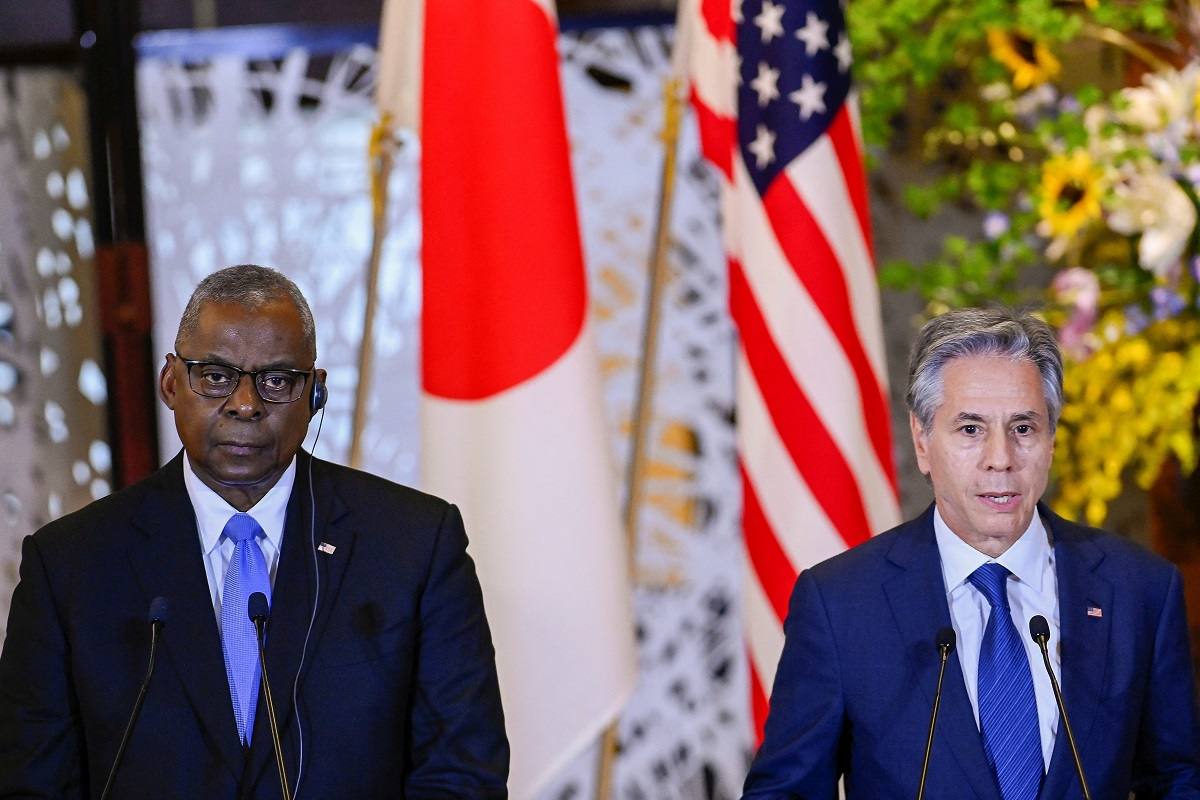
U.S. Secretary of State Antony Blinken, right, and U.S. Secretary of Defense Lloyd Austin attend a meeting with their Japanese counterparts in Tokyo on Sunday.
17:18 JST, July 29, 2024
Tokyo and Washington sought to cement the cooperative relationship built up by their respective administrations, during talks between the Japan and U.S. defense and foreign ministers Sunday.
There is the possibility that former U.S. President Donald Trump — who touts a policy of America First — may win the upcoming presidential election in November. Amid this situation, the two countries were eager to clarify at the two-plus-two defense talks and a dialogue on extended deterrence that the United States remains steadfast in its pledge to defend Japan with nuclear forces.
The two sides also decided on specific coordination between the Self-Defense Forces and the U.S. military.
“We welcome an historic decision to modernize our alliance command and control to better meet the challenges of today and tomorrow,” U.S. Secretary of Defense Lloyd Austin said during a press briefing Sunday that followed the high-level meetings.
U.S. President Joe Biden’s administration has been promoting “integrated deterrence,” in which the United States mobilizes all its military, economic, scientific and technological capabilities to forge solidarity with its allies in the face of the threat from China.
Prime Minister Fumio Kishida’s administration, on the other hand, is keen to demonstrate the strength of the Japan-U.S. alliance, in response to developments in China and North Korea.
The joint statement released Sunday for the two-plus-two talks, also known as the Security Consultative Committee, said the United States intended to reconstitute U.S. forces in Japan into a joint force headquarters (JFHQ), strengthening its command function in Japan in parallel with the creation of the Japan’s SDF Joint Operations Command (JJOC) at the end of this fiscal year.
Currently, the U.S. Forces Japan at Tokyo’s Yokota Air Base does not have operational command. Its authority is limited to supervising Japan-U.S. joint training exercises and managing troops.
Operational command is held by the Indo-Pacific Command headquartered in Hawaii. It has been pointed out that this framework requires coordination with faraway Tokyo amid a time difference, making it harder for both Japan and the United States to grasp situations and coordinate operations in a timely manner.
The reconstituted JFHQ will have a certain command authority over U.S. military in Japan under the Indo-Pacific Command and will be responsible for coordinating with the JJOC.
Washington hopes the reconstitution will facilitate the coordination of operations in peacetime, the planning of joint Japan-U.S. exercises and drills, and information-sharing for the defense of Japan and its neighbors.
For the Tokyo side, the reconstitution is expected to facilitate communication between each unit from the SDF and U.S. forces.
The U.S. military units based in Hawaii and Guam would be the main force in the event of a crisis such as a Taiwan contingency. For this reason, the ultimate command authority for U.S. forces in Japan will remain with the Indo-Pacific Command, whose commander will likely be the counterpart of the head of the JJOC.
The United States hopes to move forward with a series of studies on the reinstitution by the end of the year, fleshing out such details as the scale of the JFHQ, the specific authority of its commander, and the location of the headquarters. This will be handled by working groups that the latest meeting decided to establish.
“Having the operative commander who is responsible for Japan’s defense actually stationed in Japan will help strengthen U.S. involvement in the region,” a Japanese government official said.
"Politics" POPULAR ARTICLE
-

Japanese Language Requirement Eyed for Permanent Residency Status; LDP Plans Revisions of Laws on Foreigners
-
-250x167.jpg)
Japan Eyes Plan to Accept Up To 1.23 Mil. Foreign Workers by End of Fiscal 2028
-
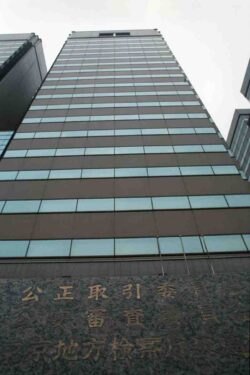
AI-Driven ‘Zero Clicks’ Phenomenon Threatens Democracy; News Outlets Must Be Able to Recover Costs, Stay Independent
-

Japanese Public, Private Sectors to Partner on ¥3 Tril. Project to Develop Domestic AI, SoftBank to Be Key Firm Involved
-

Japan’s Defense Ministry to Extend Reemployment Support for SDF Personnel to Age 65; Move Comes Amid Ongoing Labor Shortage
JN ACCESS RANKING
-

As Chinese Tourists Shun Japan, Hotels and Stores Suffer
-

Core Inflation in Tokyo Slows in December but Stays above BOJ Target
-

Osaka-Kansai Expo’s Economic Impact Estimated at ¥3.6 Trillion, Takes Actual Visitor Numbers into Account
-

Japan Govt Adopts Measures to Curb Mega Solar Power Plant Projects Amid Environmental Concerns
-

BOJ Gov. Ueda: Highly Likely Mechanism for Rising Wages, Prices Will Be Maintained


